The mindful photographer should be concerned not only with acquiring skills but, more importantly, mastering those skills. Skill mastery is better perceived as a journey rather than a final destination, something that takes places over the course of a lifetime. With technological innovations persistently growing, a photographer’s skills should be expanding in due accordance. But it is also important to not let the “new” overshadow the fundamentals; we all need to occasionally revisit the basic skills that form the foundation of photography — it’s good to shake the rust off. Below you find a few ideas that will aid you in incorporating new skills into your repertoire as well as further refining existing skills, something that veterans and novices alike can appreciate on some level.
Know Your Camera
This goes beyond simply reading the manual (by the way, you should probably read the manual). It’s important to know not only what features are present in your camera and how to use them, but also how to access them quickly. Can you change settings without taking your eye away from the viewfinder? Are you familiar with your camera’s quirks (metering, for example) and how to compensate for them? Knowing your camera intimately will make you a more efficient, more confident photographer.
Always Have Your Camera With You
Of course, the only way to get to know your camera is to spend as much time as possible with it. You may not be able to keep a camera around your neck all day every day, but it’s a good idea to have it within easy reach. You never know what can’t-miss photo opportunity might take shape right in front of you; it would be a pity to miss out because you left your camera at home. A pocketable point-and-shoot camera may even be a good investment; you will be able to capture a scene no matter where you are.
Shoot Everyday
And since you will have a camera on your person at all times, you may as well make a point to use it everyday. In this case, the well-worn and sometimes misapplied adage that “the best camera is the one you have with you” is a perfect fit. A cellphone, a point-and-shoot, or your workhorse camera, it doesn’t matter — use whatever you have with you. Practice, practice, practice.
Practice Good Technique
Good technique always matters, but it is that much more significant when you are shooting in low light situations and are forced to work with slower shutter speeds. Your stance and the way you hold your camera (firm, flat footing, with your elbows close to your body) combined with exhaling as you press the shutter button will help keep the camera steady. And make sure to keep your camera level — something that is now easier than ever to accomplish due to the presence of an electronic level present in many cameras. You may not always have access to a tripod or image stabilized lens, so it is worth your time to learn these techniques.
See Photographically
Okay, despite what we previously discussed about always having your camera with you, lets concede that it may not always be possible. When you do find yourself without a camera in your hand, take those opportunities to use your eyes as your camera; look for photographs all around you. In a piece I wrote about not letting your camera get in the way of becoming a good photographer, Light Stalking member Raju commented that he “sometimes [doesn’t] even feel the need to capture something….It is just fun looking at the way light transforms a scene, or how certain situations could make a good photo.” Perfectly stated.
Travel Light
Whether you are traveling overseas or taking a leisurely stroll through your city, don’t burden yourself with unnecessary gear. One of the most creatively liberating things you can do for yourself is to go out with one camera and one lens and just shoot. You don’t have to worry about keeping up with anything or swapping lenses or growing fatigued from the weight of your camera bag. Minimizing your gear will free your mind!
Master Composition
There are lots of rules and guidelines concerning the idea of “good” composition: leading lines, the rule of thirds, symmetry, filling the frame. You have likely heard of them all, but how many of them have you tried and, better yet, mastered? It’s great to have unique, perfectly exposed subjects, but composition is the element that brings the whole image together and makes it worth looking at for more than a few seconds. Once you’ve learned the rules, you can happily break them.
Experiment
Experimentation can help you access deeper levels of creativity, so never be afraid to try something new and different. There are no guarantees of success; no one can promise you that your brilliant idea will actually turn out to be brilliant. But that’s not really the point. You will learn from your failures as well as from your triumphs and, in the process, you will expand your creativity and develop greater confidence in yourself. This applies not only to the way you use your camera, but also how you process your images. Refuse limitations.
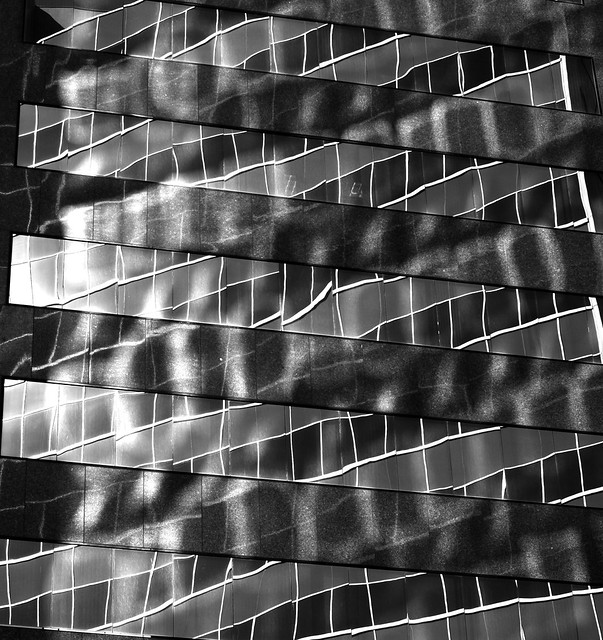 Photo by Kevin Dooley
Photo by Kevin DooleyTake any one of these ideas, take them all, take none of them and replace them with your own — all that matters is that you are actively striving to become a better photographer.
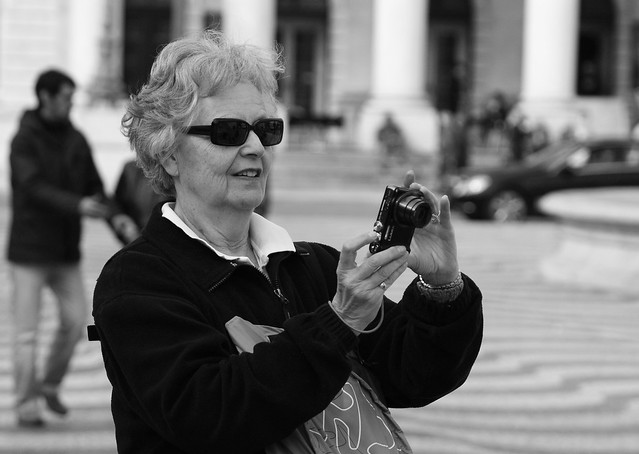
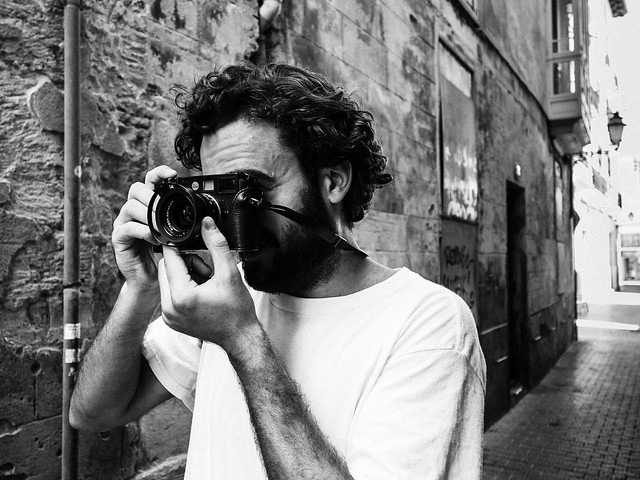

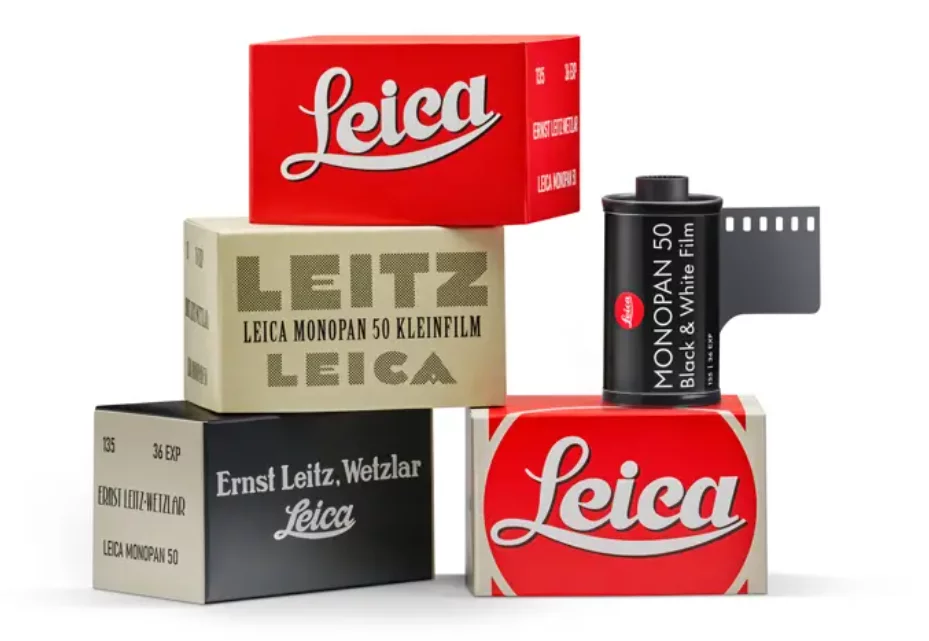

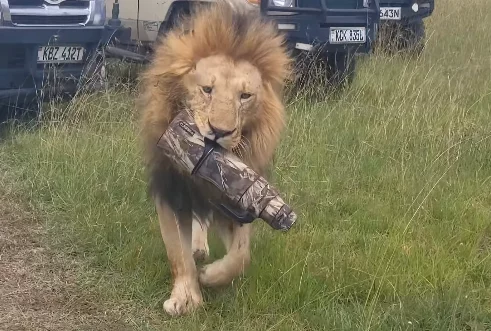

2 Comments
Great stuff! Especially the one about having your camera with you every day. I’ve missed so many shots for this one reason! Fixing that today 🙂
Love your articles. Very encouraging.